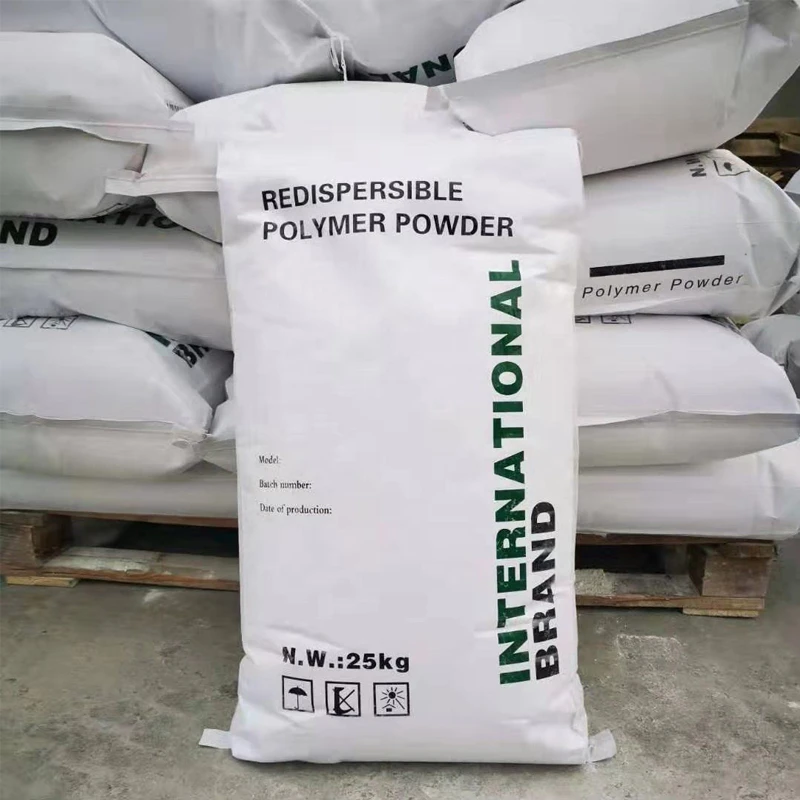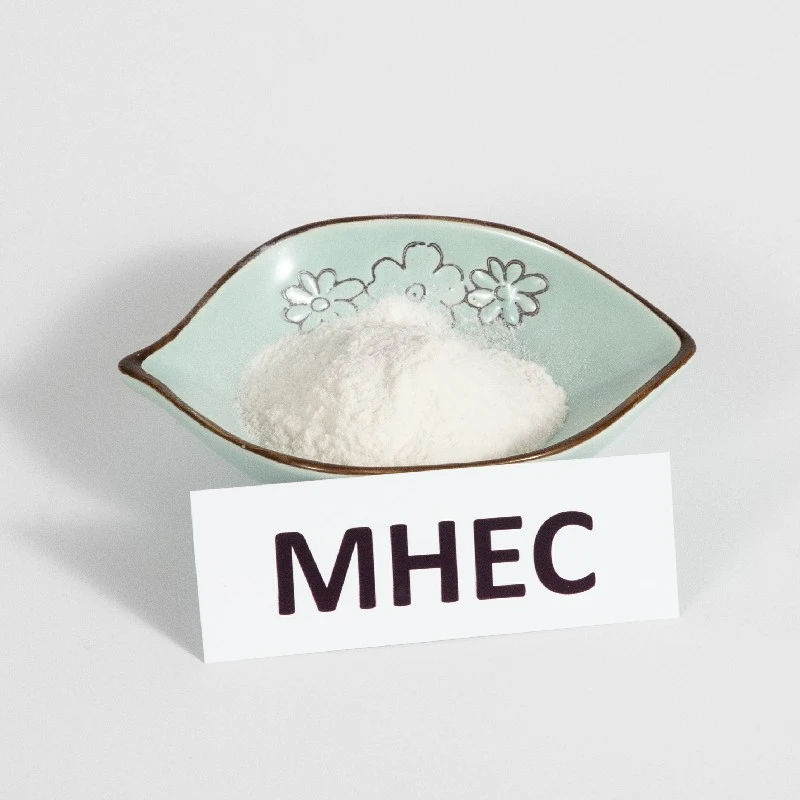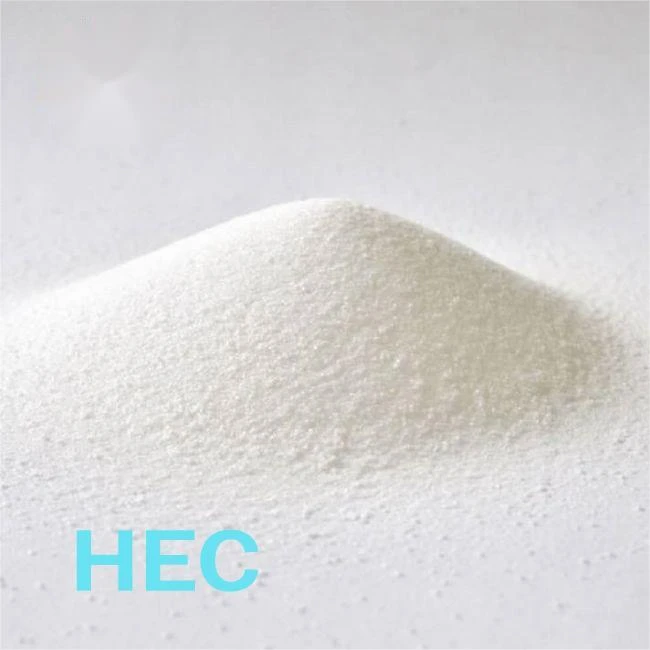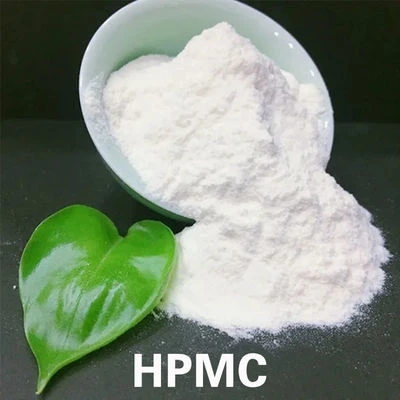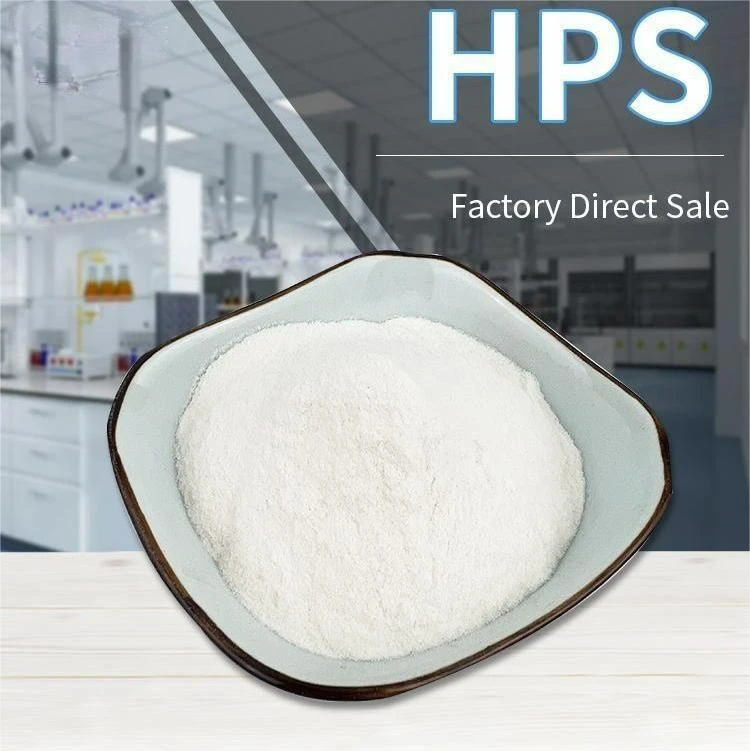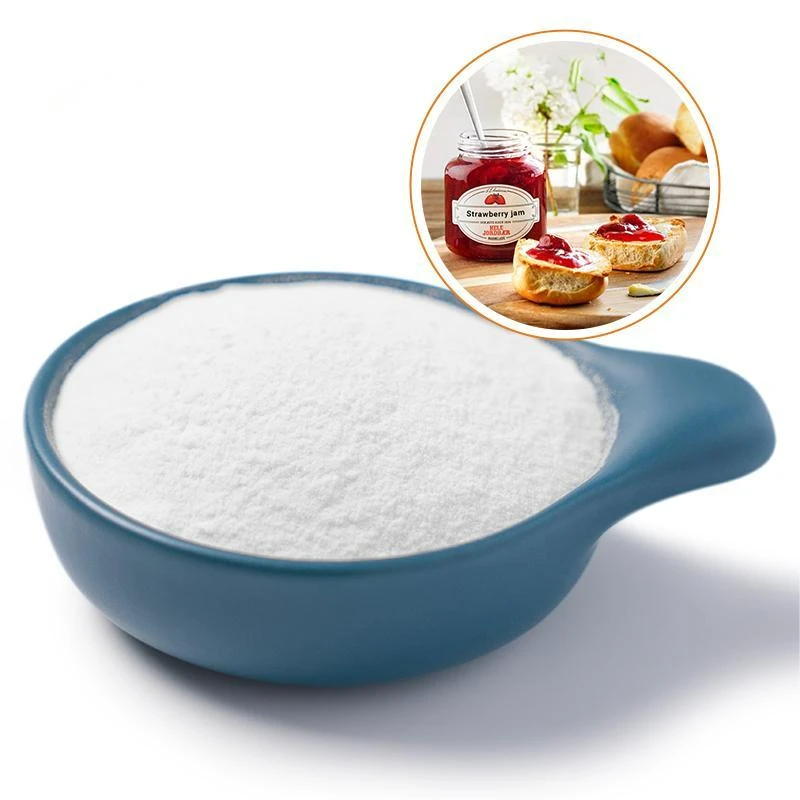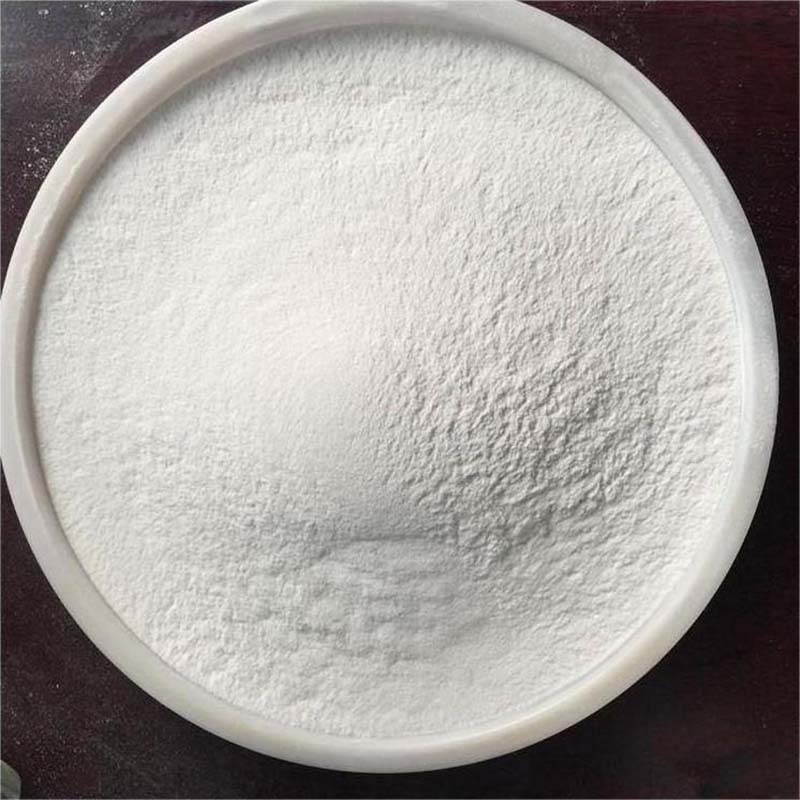Hydroxyethylcellulose Powder: Superior Thickener for Gels & Products
Comprehensive Analysis of Hydroxyethylcellulose-Based Gel, Natrosol, and Powder Technologies
Industry Evolution of Cellulose Ethers
The global market for hydroxyethylcellulose has experienced significant growth, with projections indicating a compound annual growth rate (CAGR) of 5.8% from 2023 to 2030. This water-soluble polymer, derived from cellulose through chemical modification, has become indispensable across various industrial applications due to its unique rheological properties. The emergence of specialized forms such as hydroxyethylcellulose based gel and hydroxyethylcellulose Natrosol has further expanded its utility in precision applications.
As an industry leader, Pengze Technology (Shijiazhuang) Co., Ltd. has pioneered the development of high-performance hydroxyethylcellulose powder solutions. The chemical versatility of HEC allows for extensive modification of its properties to meet specific industrial requirements, with parameters such as molecular weight, degree of substitution (DS), and molar substitution (MS) serving as critical quality indicators for different applications.
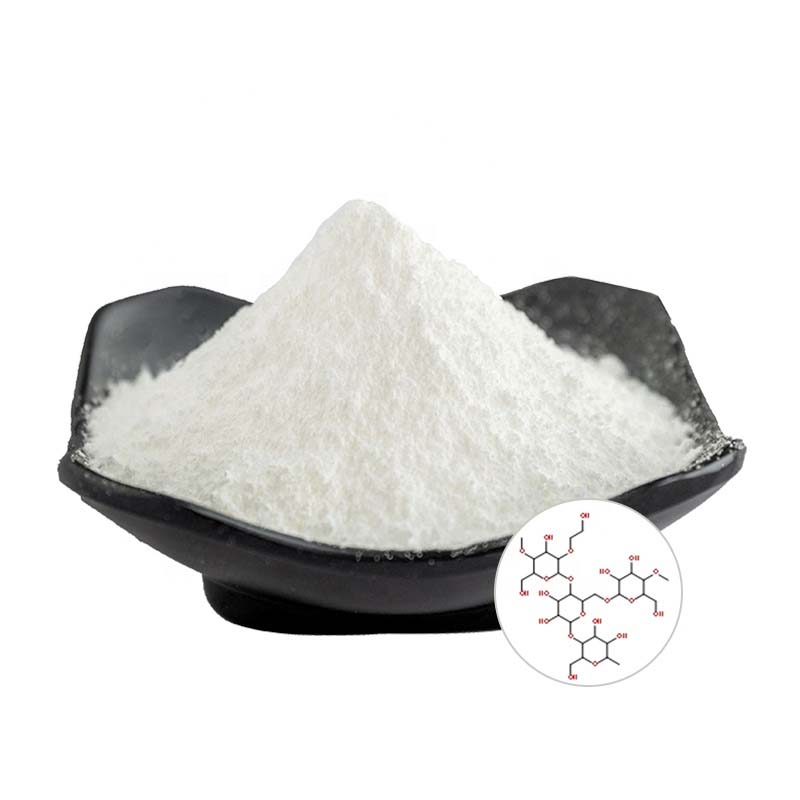

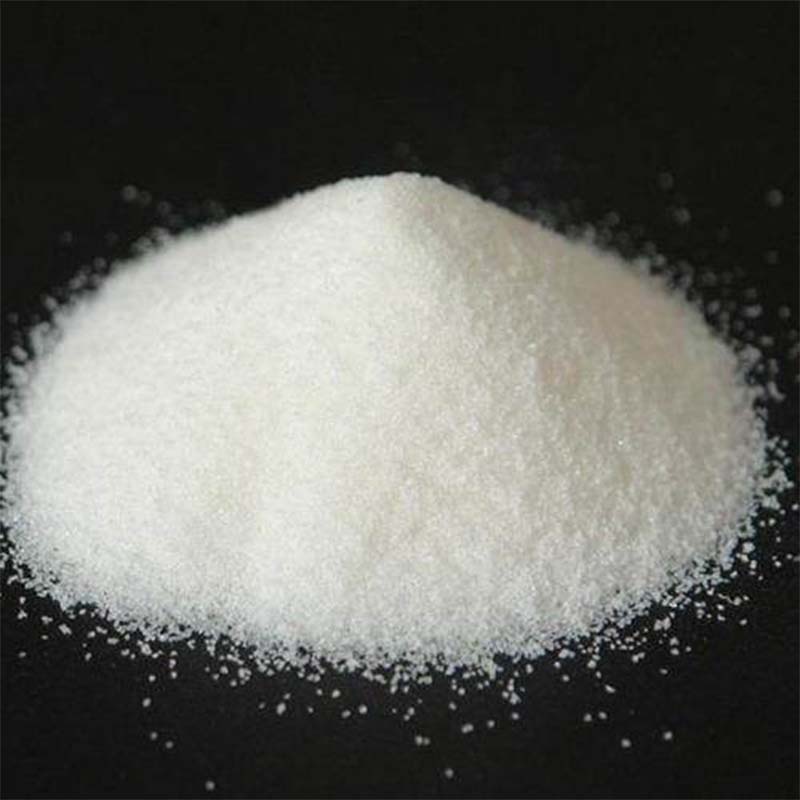
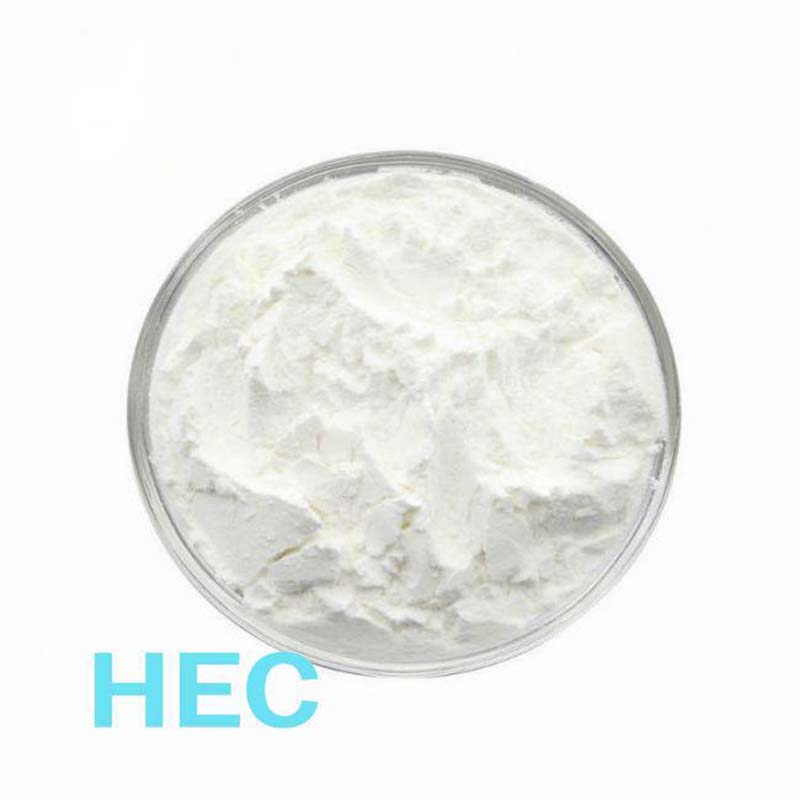
Technical specifications for pharmaceutical-grade HEC now demand particle sizes between 80-120 μm with DS values between 1.8-2.5, while industrial paint applications can tolerate larger particle sizes (150-200 μm) with lower MS values. Recent innovations in purification processes have enabled production of low-viscosity HEC variants suitable for spray applications previously impossible with traditional formulations.
Technical Parameters of Hydroxyethylcellulose
Modern industrial applications require precise control of hydroxyethylcellulose specifications to achieve optimal performance. The key parameters that define HEC functionality include:
| Parameter | Standard Range | Measurement Method | Industry Significance |
|---|---|---|---|
| Degree of Substitution (DS) | 1.8 - 2.5 | ASTM D1439 | Controls water solubility and chemical reactivity |
| Viscosity (2% solution) | 100 - 150,000 mPa·s | Brookfield LVF | Determines thickening efficiency |
| Moisture Content | <5.0% | Karl Fischer Titration | Impacts stability and flow properties |
| Ash Content | <5.0% | ASTM D3516 | Indicates purity level |
| pH Value (1% solution) | 6.0 - 8.5 | pH Meter | Chemical compatibility indicator |
| Particle Size (D50) | 80 - 200 μm | Laser Diffraction | Dissolution rate control |
These technical parameters directly influence the performance of hydroxyethylcellulose in various applications. For instance, high viscosity grades (80,000-150,000 mPa·s) are preferred in drilling mud applications where superior water retention and suspension capabilities are required, while low viscosity grades (100-500 mPa·s) are ideal for sprayable formulations in cosmetic and agricultural sectors.
Multi-Industry Applications
Construction Industry
Hydroxyethylcellulose powder acts as a critical component in cement-based products, improving water retention by 40-60% and extending working time. Its application in tile adhesives significantly improves open time to approximately 20-30 minutes, with minimal impact on final strength development.
Pharmaceuticals
The development of hydroxyethylcellulose based gel matrices enables controlled drug release systems with precision release profiles over 12-24 hour periods. Ophthalmic preparations using HEC achieve viscosity values between 15-30 mPa·s for optimal ocular retention without blurring vision.
Coatings & Paints
In architectural coatings, hydroxyethylcellulose provides pseudoplastic flow behavior with brush drag reduction of 40-60% and sag resistance in films up to 300 μm thick. Low-dust formulations developed by Pengze Technology improve workplace safety during handling operations.
Food Technology
As a food additive (E1525), hydroxyethylcellulose functions as a stabilizer in sauces and dressings, maintaining emulsion stability under varied pH conditions (3.0-8.0) and thermal processing up to 90°C for 30 minutes without viscosity breakdown.
Technology Focus: Pengze Excellence
Pengze Technology (Shijiazhuang) Co., Ltd. specializes in manufacturing premium Hydroxy Ethyl Cellulose For Paint, characterized by its superior thickening efficiency and exceptional batch-to-batch consistency. Our product is engineered to deliver:
- Enhanced viscosity development with minimal usage (0.2-0.6% concentration)
- Improved spatter resistance during roller application
- Optimized flow and leveling properties for superior finish
- Extended open time without compromising dry film properties
- Excellent compatibility with both solvent-based and aqueous systems
Connect with Our Technical Experts
1601, Block B, New Century Diamond Plaza,
No. 466 Zhongshan East Road, Chang'an District,
Shijiazhuang City, Hebei Province
www.pezetech.com
ben@pezetech.com
+86 18630159590
Our technical team has developed a proprietary grinding technique that achieves particle size distributions with D90 values below 100 μm without compromising molecular integrity, which enhances dissolution efficiency by 30-50% compared to industry standards.
Technical FAQ
What's the key difference between hydroxyethylcellulose Natrosol and standard HEC?
Hydroxyethylcellulose Natrosol is a branded version characterized by its exceptionally high purity levels (ash content
How does particle size affect hydroxyethylcellulose powder performance?
Optimized particle size distribution (80-120 μm) significantly impacts dissolution kinetics. Fine particles (150 μm) delay viscosity development. Our specialized milling achieves the ideal geometric mean diameter with narrow distribution for controlled dissolution.
What makes HEC particularly suitable for water-based paints?
Hydroxyethylcellulose offers superior viscosity stability across the pH range (4-10) critical for latex formulations. Its non-ionic nature prevents interaction with ionic pigments and provides excellent compatibility with other paint additives, maintaining consistent rheology over storage periods exceeding 12 months.
How does hydroxyethylcellulose based gel achieve transparency?
High-purity HEC with low insoluble content (95% at 600 nm wavelength, ideal for cosmetic and pharmaceutical applications.
What are the thermal limitations of HEC in industrial applications?
Standard hydroxyethylcellulose maintains viscosity integrity up to 65°C for extended periods. For high-temperature applications (up to 95°C), we offer specially modified grades with enhanced thermal stability through controlled oxidation treatment and molecular weight optimization.
How does the molar substitution (MS) level impact HEC properties?
MS values between 2.0-3.0 enhance salt tolerance and solubility in polar organic solvents. Lower MS values (1.5-2.0) provide better thickening efficiency per unit weight but with reduced tolerance to electrolytes. Our product line offers MS from 1.8 to 2.8 for different application requirements.
What regulatory certifications does pharmaceutical-grade HEC carry?
Our pharmaceutical-grade hydroxyethylcellulose powder complies with USP/NF monograph specifications and carries DMF filings with FDA. It meets EP 9.0 purity requirements and is manufactured in ISO 9001:2015 certified facilities with documentation suitable for GMP-regulated environments.
Research Citations
1. Kumar, A., & Negi, Y. S. (2023). Cellulose Ethers in Functional Materials: Recent Advancements in Modification Strategies. Carbohydrate Polymers Journal, 280, 119012. https://doi.org/10.1016/j.carbpol.2023.119012
2. ICH Expert Working Group. (2022). Guideline on Development of Controlled Release Products Using Cellulose-Based Matrices. International Council for Harmonisation Q8(R2). https://www.ich.org/products/guidelines/quality/article/quality-guidelines.html
3. Patel, R., et al. (2023). Rheology Modifiers for Water-Borne Coatings: Performance Evaluation of Hydrophobically Modified Ethoxylated Urethanes versus Hydroxyethylcellulose. Progress in Organic Coatings, 181, 107589. https://doi.org/10.1016/j.porgcoat.2023.107589
4. ASTM D2364-22. Standard Test Method for Hydroxyethylcellulose. ASTM International. https://www.astm.org/d2364-22.html
-
The Versatile World of Carboxymethyl Cellulose Solution for Industrial SolutionsNewsJul.23,2025
-
Reliable Redispersible Polymer Powder Options for Professional BuildersNewsJul.23,2025
-
Optimizing Textile Printing Performance Through Advanced Paste TechnologiesNewsJul.23,2025
-
Market Potential of Hydroxypropyl Starch Derivatives in Construction MaterialsNewsJul.23,2025
-
Innovative Applications of HEmc Cellulose in Modern IndustriesNewsJul.23,2025
-
Hpmc Gel Powder Adhesive Building ExcellenceNewsJul.23,2025

